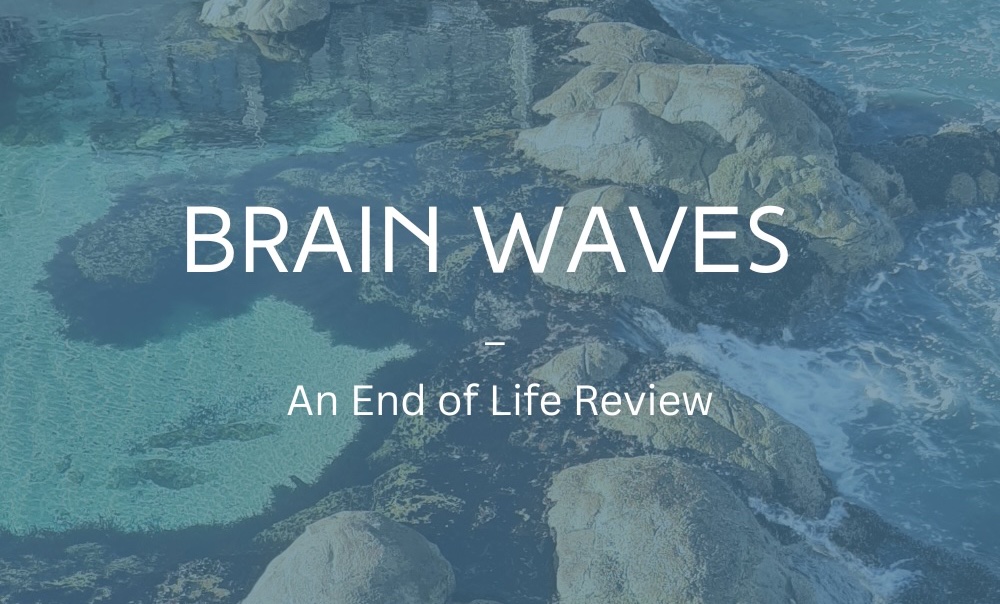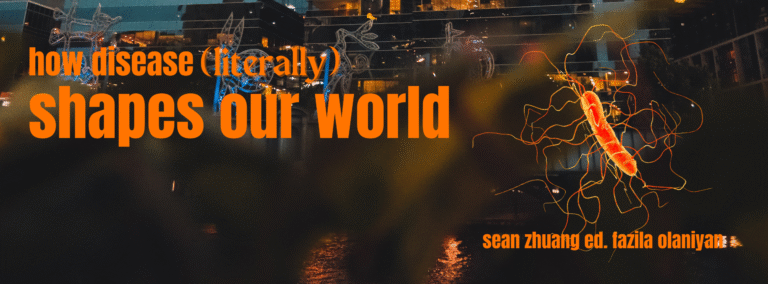
By Kiran Nayager | Edited by Geoffrey Feng
The distant crashing of the waves played in the back of my mind, which was fixated on the scarlet anemone waving its tentacles to the rhythm of the rockpool. My finger poked through the surface of the water, floating playfully close to the mouth of the anemone. A slight ripple of water oscillated around the pool as its tentacles waved closed – my skin now encapsulated by the anemone’s grasp.
Kneeling down, eyes focused, I hadn’t heard the growing sound of the waves.
I tore my finger away and ran quickly from the cliff’s edge.
We have all heard the phrase ‘my life flashed before my eyes’ before – whether it be someone recounting their frightening experience of being consumed by a wave, or an exaggeration of shock. But what does this phrase refer to? What actually does it mean for your life to flash before your eyes?
Before writing this article, I would have said it was simply a metaphorical expression to describe a near-death experience (or something of the sort). However, the phrase refers to the psychological phenomenon of watching a rapid sequence of memories in the final moments of life, sometimes referred to as ‘life recall’. Some reports describe the experience as a slowed, panoramic and incredibly vivid review of memories in an individual’s life – described by those who have had near-death experiences such as cardiac arrests and traumatic accidents.
While the idea has been popular since the 1800s, it has recently received scientific support through the accidental discovery of heightened perimortem brain activity. Scientists had been monitoring the brain waves of an epileptic patient through electroencephalography (EEG), who had suffered a fatal heart attack throughout the monitoring. This presented scientists with the unique opportunity of being able to examine brain activity throughout death – yielding that brain oscillation patterns, specifically gamma waves, transiently heightened and matched those of when we perform highly-demanding cognitive tasks, such as memory retrieval and dreaming.
While very few cases of life recall have been documented, similar brainwave patterns have been recorded in rat populations. The mechanisms, purpose and actual experience are still heavily contested, with the most popular theory being that the brain vividly replays different memories throughout an individual’s life to search for a solution to avoid imminent death – a search for cover on the open cliff face.
The cold spray of saltwater scattered onto my back, the surface of the rockpool now no longer visible.
Nothing here.
I kept running, images of my family home, my school, my friends flickered by. The waves began to grow distant — heightening and finally ceasing.













































































































